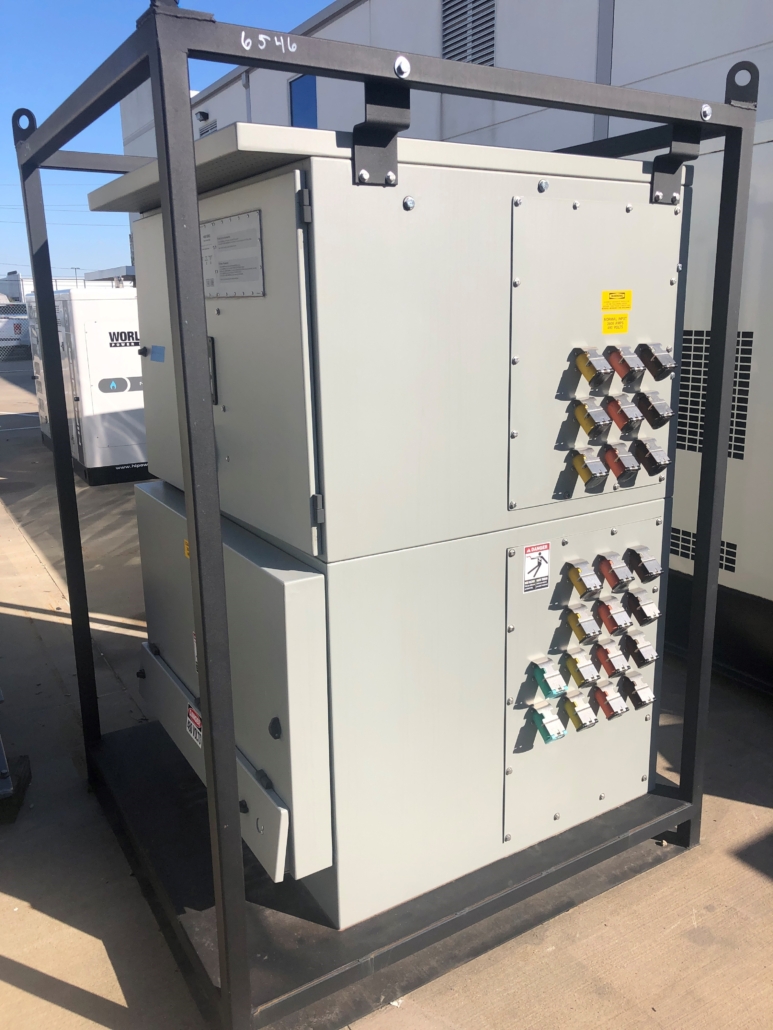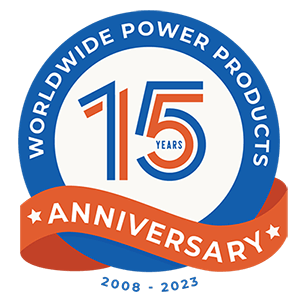The Role of a Transfer Switch for Portable & Standby Generators
You already know having a generator for your home or business is a great way to ensure the necessary backup power when you need it most. But what about other items you need to go with it for optimum use?
One of the most important accessories for a generator is a transfer switch. This small piece of added equipment makes the backup power process seamless and helps ensure overall safety. Here is a brief primer into the role that transfer switches play and why it is important to have one.
What Does the Transfer Switch Do?

In simple terms, a transfer switch is a permanent switch that connects to your power box that changes the power load between two sources.
For permanent sources of backup power, this happens automatically when the first source of power becomes unavailable. This is ideal because it seamlessly keeps the energy flowing with minimal delay.
In the case of a generator for residential whole house power use, the generator is plugged into the transfer switch located on the circuit panel. When the generator is turned on, the transfer switch changes the load from grid power to the generator.
What Generators Need a Transfer Switch?
Standby generators for homes and businesses almost always need one. Since they are always waiting for when the power goes down, it is important to have this extra piece of equipment to keep the power flowing without downtime.
However, portable generators don’t strictly need a transfer switch, but it is usually a good idea. The biggest benefit of having a transfer switch in a residential setting is that you gain the ability to power things up via your circuit breaker panel instead of having to use extension cords. This includes hardwired devices, such as your dishwasher, hot water heater, air conditioning, and ceiling fans. All you have to do is plug the portable generator into the transfer switch and you’re good to go!
Is a Transfer Switch Required?
If your generator is above 5,000 watts, you will always need a transfer switch for safety reasons and ease of use. This is important to remember, as the level of power being produced requires the use of a regulator to help keep surges and backfeeding the grid from happening.
But what about legally? This is one of those questions that depends on the area in which you want to keep a backup generator. Some jurisdictions make it a requirement, while others just strongly suggest you have one. And yet others only make it mandatory for standby generators.
If you’re unsure whether your local government requires a transfer switch, talk to the building code enforcement office. From there, they should be able to advise what types of generators need transfer switches and which ones don’t.
Risks of Not Using a Transfer Switch
There are many risks of not using a transfer switch that go beyond simple convenience. In some cases, going without a transfer switch can jeopardize the safety of your family or even workers employed by the electric company.
The main scenario where this becomes a problem is referred to as backfeeding the grid. This means that when you’re using your generator without a proper transfer switch and the main power source comes on, there are then two currents feeding your home. This surge can cause problems in the line, which may put utility workers at risk. It can also cause fires in your home or business. And that’s why having a transfer switch is so important.
Now, let’s be clear that we are specifically talking about standby generators that are wired to your panel in your home or office. If you’re using a portable generator and just plugging in a few lamps or other items directly into the generator, this is not deemed a problem.
Types of Transfer Switches
There are two different types of transfer switches—automatic and manual. As the name suggests, an automatic transfer switch seamlessly routes power from the main source to the backup source when needed. It’s always there, ready to switch the power over to the generator when it needs to.
Manual switches require a human to flip a small lever and turn them on, hence the name. Portable generators typically need a manual switch, as they aren’t plugged in at all times. Permanently installed standby generators can vary between needing a manual or automatic, but the automatic is usually the most convenient option. After all, who wants to really go out in the snow, wind, or rain to turn on a switch to restore power?
For most businesses, an automatic transition to backup power during a power outage is desired while for some industries it’s critical.
How Much Does a Transfer Switch Cost?
The price for a transfer switch varies depending on the type of switch and the size of the generator. Most manual switches are less expensive than the automatic ones, for obvious reasons.
A manual transfer switch will cost somewhere in the region of $300-$500. An automatic transfer switch for a home generator is likely to be priced in the $400-$800 range.
Automatic switches for commercial and industrial generators – the type we specialize in at Worldwide Power Products – range from anywhere between $2,000 for a light industrial model to $20,000+ for a switch paired to a mission critical generator.
If you have a portable generator, you’ll likely need to purchase the transfer switch separately. However, permanently installed standby generators usually come with their own transfer switches included in the cost of the unit. At that point, the only additional cost you would incur is if you want to upgrade the switch to a better or automatic variety.
Installing a Transfer Switch
While you might be tempted to install a transfer switch yourself, it is highly recommended to have a professional electrician do the job for you. The reason is that the switch must be installed on your electrical panel box. If you’ve never undertaken this type of task or simply don’t know a whole lot about the process, attempting to do it yourself can lead to errors—and when we are talking about power currents and the risk for fires, this isn’t a chance you want to take.
Do You Need a Permit?
In most cases, you will need a permit to install a transfer switch. However, if you’re working with a licensed electrician, they will usually handle this aspect for you and just wrap the charge into the overall installation cost. For more information about the type of permit required and the cost of the permit itself, talk to your contractor or your jurisdiction’s building code enforcement office.
While you might be tempted to skip a transfer switch when installing your generator, the truth is that it is almost a mandatory part of owning and using a backup power source. The only real choice you have is to use a manual switch or an automatic one.
At Worldwide Power Products, we are here to help with all of your backup power source needs, including transfer switches. We can help you decide what type you need and the best size for your particular situation. Please contact us today to learn more about transfer switches or ask our knowledgeable team a question.











